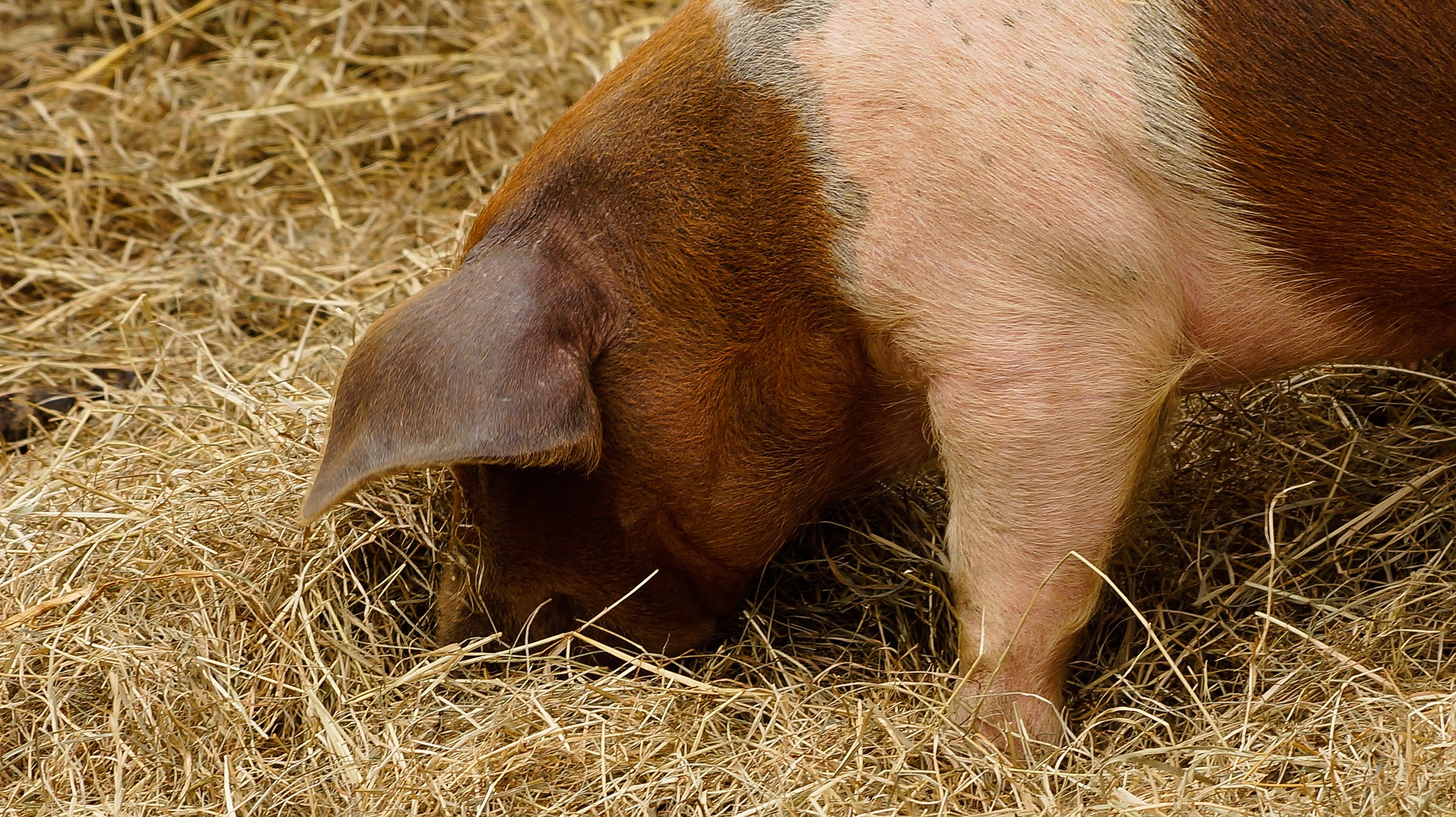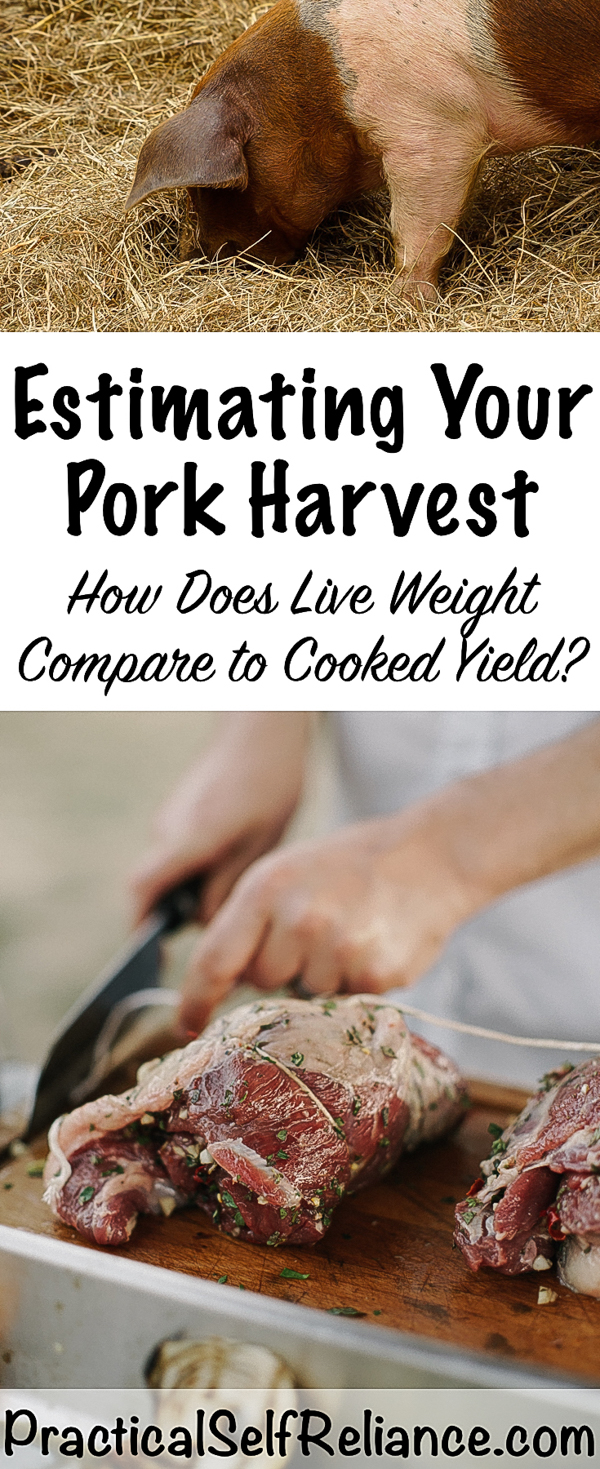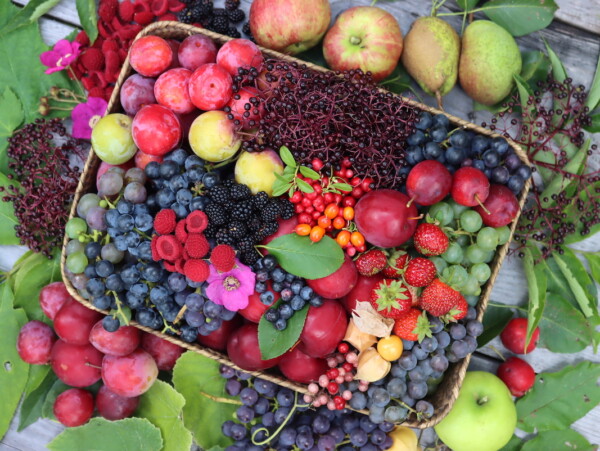Affiliate disclosure: This post may contain affiliate links. Please see our Privacy Policy.
Estimating how much pork you’ll get from a live pig can be tricky, especially if you’ve never processed one before. Each stage—live weight, hanging weight, cut weight, and cooked yield—shrinks the total, leaving you with far less meat than you might expect. Understanding the breakdown helps you plan better, whether you’re raising pigs for the freezer or buying one from a local farm.

A pig on the hoof is a far cry from the pork roast on your dinner plate. As a pig moves through each stage of processing—live weight, hanging weight, cut weight, and finally cooked yield—a significant amount is lost. Understanding those losses can help you better estimate how much actual food you’ll get from each pig you raise or buy.
Whether you’re raising pigs for your own freezer or buying a whole hog from a local farm, knowing how much pork you’ll end up with is essential for budgeting, freezer planning, and making informed harvest decisions.
Why Estimate Pork Yield?
You might think of a pig as a 300-pound animal, but that number doesn’t tell you how much edible meat you’re actually getting. Processing removes blood, viscera, bones, and moisture. Cooking shrinks it even further. By the time that pig is plated at your table, you’ll have just a fraction of its original weight.
Knowing your actual meat yield helps you:
- Plan how many pigs you need to raise or buy for the year
- Estimate feed conversion and production costs
- Choose the best time to process based on live weight and fat coverage
- Set realistic expectations for freezer space and meal planning
How to Weigh a Pig Without a Scale (The String Method)
Not every homestead has a livestock scale—but there’s a simple and surprisingly accurate way to estimate live weight using a string and a tape measure.
To try the string method, take two measurements (in inches):
- Length – From the base of the pig’s ears to the base of the tail
- Girth – Around the pig’s chest, just behind the front legs
Plug the numbers into this formula:
Live Weight = (Length × Girth²) ÷ 400
We’ve used this method on multiple pigs, and it reliably gets us within a few pounds of the actual weight. Let’s say the result is a 250-pound live pig. What does that really mean for your dinner table?
From Live Weight to Hanging Weight
The first step after slaughter is the removal of blood, viscera (internal organs), and sometimes the head and feet. What’s left is the hot hanging weight—the freshly dressed carcass.
- A 250 lb live pig typically yields about 180 lbs hot hanging weight
- That’s a 28% loss during dressing
After the carcass is chilled for 24–48 hours, moisture loss results in another 3% drop in weight.
- Final chilled hanging weight: ~175 lbs
This is the number most farmers and butchers use to price a pig if you’re buying it by the hanging weight.
From Hanging Weight to Cut Weight
The hanging weight still includes non-saleable parts like the head, trotters, tongue, and some bones, depending on how your butcher trims. When those are removed and the pig is broken down into retail cuts, you’re left with the cut weight—the total weight of wrapped meat ready for the freezer.
- On average, cut weight is about 72–75% of hanging weight
- For a 175 lb hanging weight, expect around 125 lbs of cut meat
That includes everything from chops and roasts to sausage, bacon, and soup bones. If you keep the offal and oddments, your total may be slightly higher, but most people calculate based on standard cuts.
From Cut Weight to Cooked Yield
Even perfectly trimmed pork will shrink during cooking. The USDA estimates cooked yield ranges from 74% to 96% depending on the cut and method of cooking. Leaner cuts retain more weight, while fatty or cured cuts like bacon shrink significantly.
- Average cooked yield: ~80% of cut weight
- Exception: Bacon yields only ~30%
So from our example of 125 lbs cut weight, you can expect about 100 lbs of cooked pork—or less if a lot of your harvest is in bacon and sausage.
Pork Yield Example: Full Breakdown from Our Homestead
One of our home-raised pigs recently yielded:
- Live Weight: 350 lbs
- Hot Hanging Weight: 252 lbs
- Chilled Hanging Weight: 244 lbs
- Cut Weight: 175 lbs
- Cooked Yield: ~140 lbs
That means just 40% of the original live weight became food on the plate, with the rest lost through dressing, trimming, and cooking. It’s a helpful reminder to manage expectations when you see a big pig in the field—it won’t all fit in your freezer.
Estimating Yield in Reverse
What if you already processed your pig and just want to know how big it was?
You can work backward from cut weight or cooked yield using average loss percentages:
- Divide cut weight by 0.72 to estimate chilled hanging weight
- Divide that by 0.97 to get hot hanging weight
- Divide hot hanging weight by 0.72 to estimate live weight
- Alternatively, divide cooked yield by 0.40 to estimate live weight
For example, a 140 lb cooked yield means your pig likely weighed about 350 lbs live.
Pork Yield
Processing a pig is a rewarding but eye-opening experience, especially when you see how much weight is lost from hoof to plate. Understanding the difference between live weight, hanging weight, cut weight, and cooked yield helps set realistic expectations and ensures you get the most from your investment.
Whether you’re raising your own hogs or buying one from a farmer, this knowledge empowers you to make better decisions about harvest timing, budgeting, and how much pork you’ll actually bring to the table.















With the rising costs of poultry in the meat industry fluctuating as often as it does, how much profit would an average size pig carcass bank?
Hi George,
There are too many variables to even estimate the profit from an average size pig carcass.
Do you have woods, brushland, or pastures the pigs can forage on?
Crop fields the pigs can clean up after the crops are harvested?
Spoiled or leftover produce from local grocery stores?
Kitchen scraps from restaurants?
Or will you be buying bags of commercial pig/hog/swine feed?
What size do you consider ‘average’?
Most very small farms and homesteads sell shares in live meat animals – but if you
have access to USDA processing and can meet your State laws for selling meat by the cut,
you can make a LOT more per hog / pig.
Hope this info help people consider the factors involved.
Hey Ashley,
I am considering different methods of raising self-reliance in a rural part of Uganda. The people are basically un-educated, malnourished and children are abandoned because parents cannot afford to feed them or sometimes killed and the officials do not have anything to offer them.
Anyways, one thing that I considered is learning how to raise pigs and teach them. The idea is something like buy two pigs, mate them and train the first person to care for the pigs. After 8 weeks two of of the piglets would be given to another needy person, who is taught how to care for the pigs and the original owner keeps the rest. Undesirable parts are given to people in the community to consume. Of course there is the issue of in-breeding…but based on this article, I am not sure if this is a cost-effective model for very poor people. What are your thoughts
Pigs require a pretty incredible amount of feed, and I don’t think they’d be a good option when calories are already in short supply. A better option would be goats, where they convert foods that humans can’t digest (ie. grass, tree leaves, etc) into meat and milk. There’s a lovely children’s book about using goats for just this purpose in rural Africa that I found in a free pile and my daughter loves called Beatrice’s Goat.
Good points! Yet it depends.
Africa is a huge continent with varied climates and areas.
Many heritage type breed are super feed -efficient, and can forage most of their own food,
depending on the setting. American Guinea Hogs practically ‘live on air’ – and like Kunekune,
Mulefoot, Ossibaw, and even Idaho Pasture ‘Pigs’ and others – they make good use of grasses
and other plants.
We raised AGH, KK, and IPP on tiny amounts of grain – plus whatever they could fine in pastures
and woodlots, with some kitchen, orchard, and garden waste / scraps.
Swine also root up small burrowing mammals and catch and eat snakes- and are resistant to
snake venom. The can eat any parts of the goats, chickens, etc that people don’t eat.
Milk or eggs that have begun to spoil… and all kinds of things.
You re right – commercial ‘factory arm’ type hogs would not be a good choice for Africa –
or for homesteaders and small farms in the USA – or anywhere, really.
Hi Tammy,
I read Ashley’s article about rabbits!
I think this would be great for your area, especially if you’re doing it for children this seems to be pretty fail proof up to some point. And lesser overhead investment.
https://practicalselfreliance.com/pasture-rabbits/
Yes, your idea can work! Heifer Project International (now just ‘Heifer’), has been doing something like this for many years with poultry, goat, cattle, and other animals – to help poor people in rural areas to care for themselves and their families – and help lift themselves and their communities out of poverty.
Avoid commercial type pig breeds from the USA or Europe, or even China (I have heard they killed off most of their unique and special native pigs/hogs and are raising commercial type hogs from the USA in buildings.)
Heritage type pig that are naturally healthy, hardy, and feed-efficient, breeds / crosses / landraces / types that have retained good mothering skills and farrow (deliver their piglets) without needing help are essential for the success of a project like yours.
In the USA, American Guinea Hogs are small and grow slowly – but can thrive on very little to no purchased grain. If enough waste from kitchens, from slaughtering other animals, crop waste they can eat, and/or areas they can forage for plants, roots, nuts, and seeds, they can thrive.
My other choices would be Kunekune or Idaho Pasture Pigs. These are almost as feed efficient as AGHs, but grow
faster, especially IPPs.
These pigs/ hogs will also eat small mammals they dig up from burrows, and kill and eat snakes.
Swine of all kinds are resistant to snake venom.
On inbreeding – if you start with an unrelated pair, or a pair from two different breeds or types of hog / swine,
you can breed the brothers and sisters together without any problem. Probably for at least a couple generations with little risk of problems. Parent to offspring is a much higher level of inbreeding.
We hope you were able to find suitable pigs